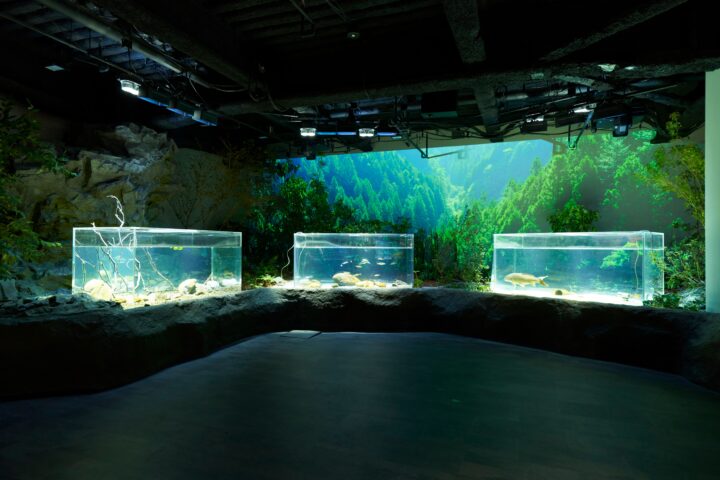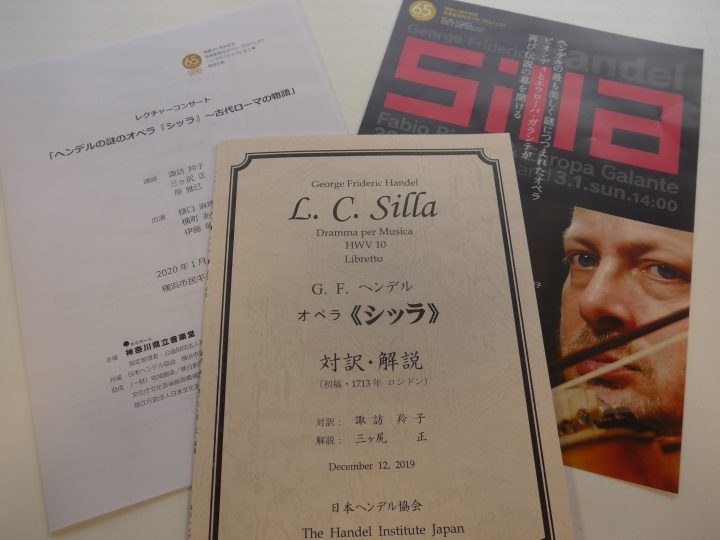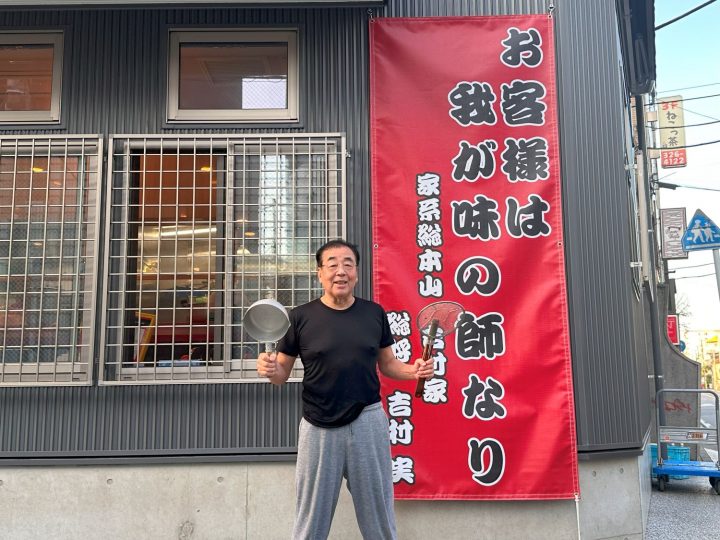The shape of Tokyo Skytree® was born here! "Shape with a sled" all revealed at once
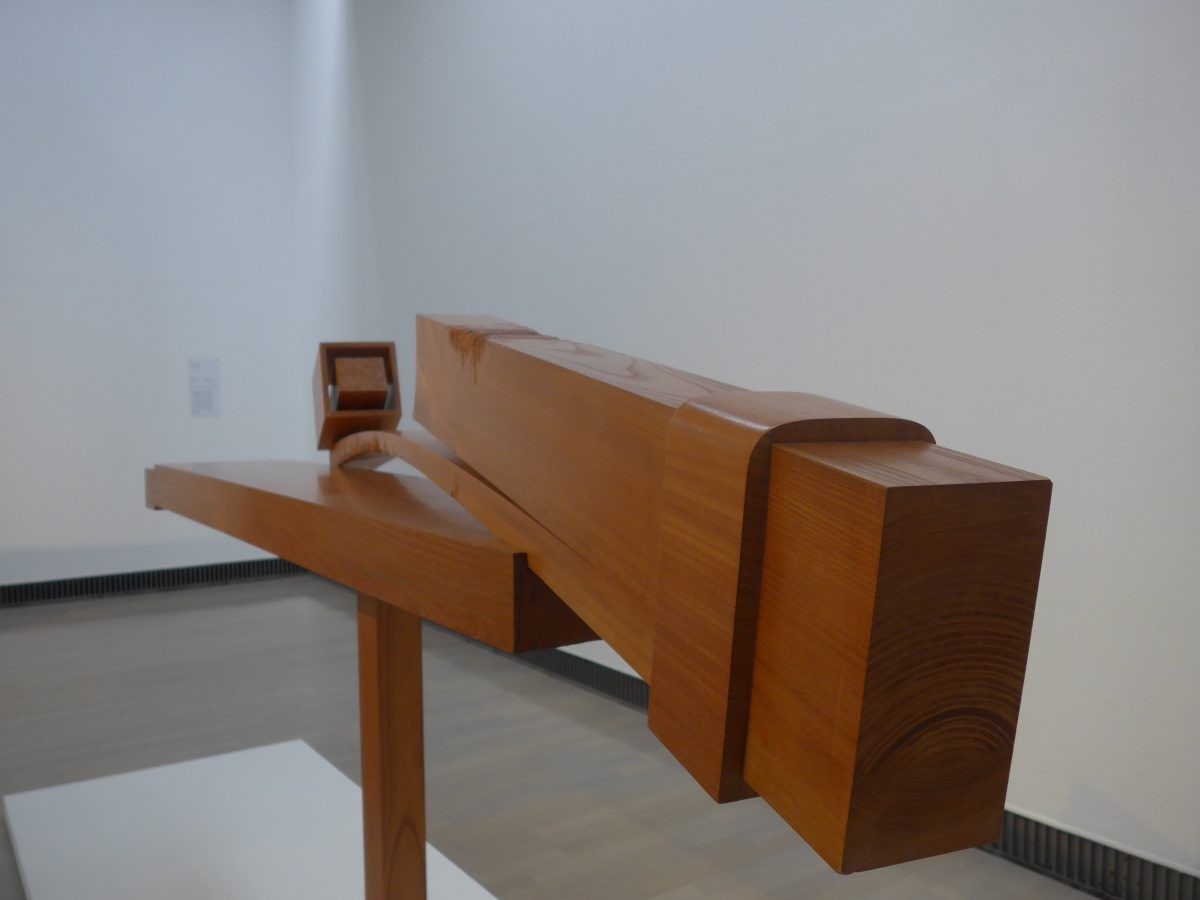
(TOP image) Slewing Form-1 (1978) Museum of Contemporary Art Tokyo © Sumikawa Kiichi
A world of art to visit, see and feel
File.25 Yokohama Museum of Art "Kiichi Sumikawa: Slewing and Turning"
Miyuki Inoue (Magcal Editorial Department)
I like abstract sculpture.
I tend to think that I don't understand paintings, but three-dimensional objects somehow free my mind. I think it's because I can appreciate them from any angle I like in 360 degrees, and I simply think they're cool... but this is just my personal opinion.
So, I was very interested in "Kiichi Sumikawa: Sorting and Mukuri" at the Yokohama Museum of Art from the moment I saw the poster announcing its opening. When I was invited to a preview, I hurried off.

On display at the Prologue is a model of the Kintai Bridge, which is the starting point of Sumikawa's work. It is, needless to say, a wooden arch bridge spanning the Nishiki River in Iwakuni City, Yamaguchi Prefecture.
Born in Shimane Prefecture, Sumikawa studied mechanical engineering at Iwakuni Technical School in Yamaguchi Prefecture, where he encountered the Kintai Bridge. Sumikawa is not the only one who has been fascinated by the beauty of the bridge's form and sketched it over and over again, but what makes him "not just anybody" is that when he saw the bridge, which was washed away by a typhoon in 1950 and turned into a mass of wood and stone, he felt that "even as a contemporary art installation, it was an extremely powerful structure."
The artist's sensibility is truly impressive.
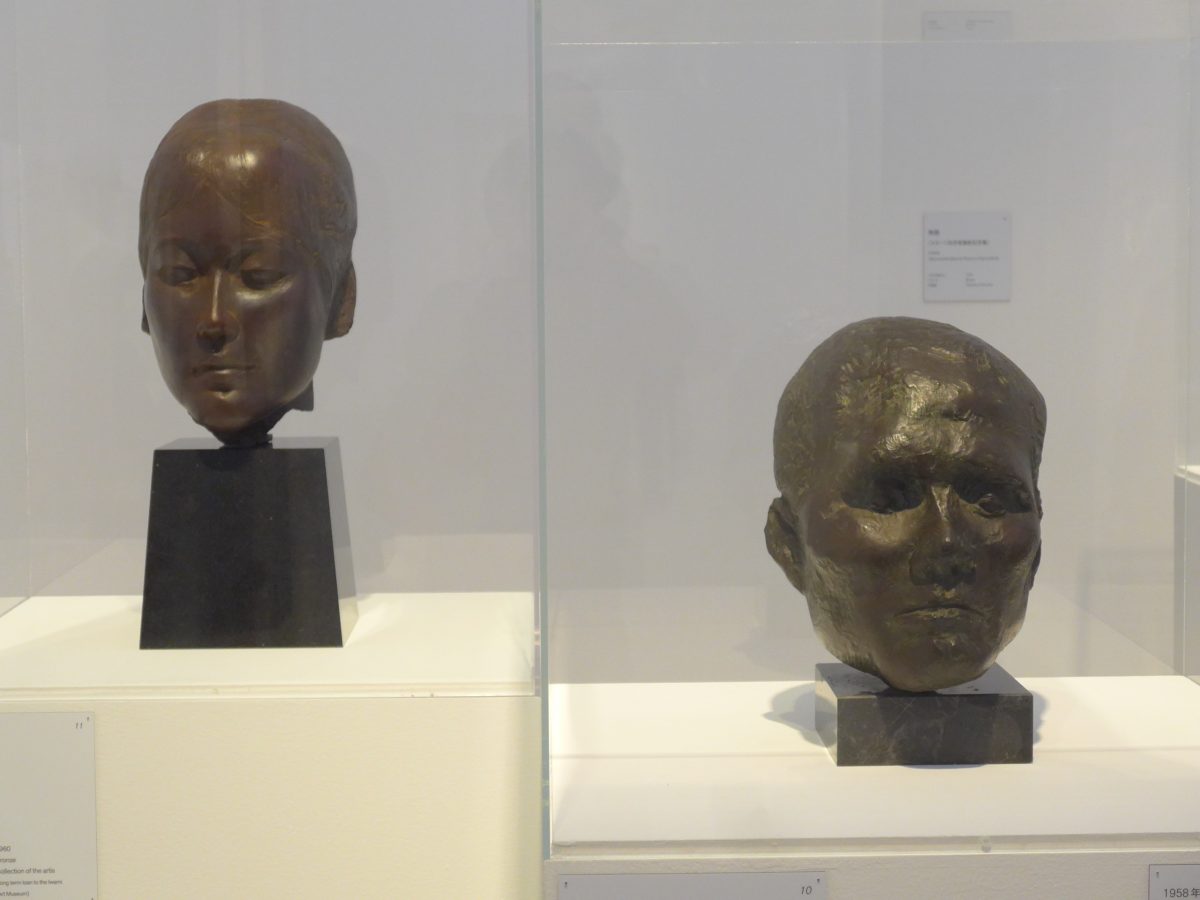
*Left: Mr. K (1960) Right: Mr. S (1959) Collection of the artist © Sumikawa Kiichi
Sumikawa went on to study sculpture at Tokyo University of the Arts, where he learned figurative expression through modeling.
Looking at his works from those days, they are completely "representational." Furthermore, Sumikawa was involved in the reconstruction of ancient human faces from bones at the request of anthropologists, and in the reconstruction of victims' faces from their remains at the National Research Institute of Police Science, so I felt that his works were a "super-realistic" world that went beyond the concrete...
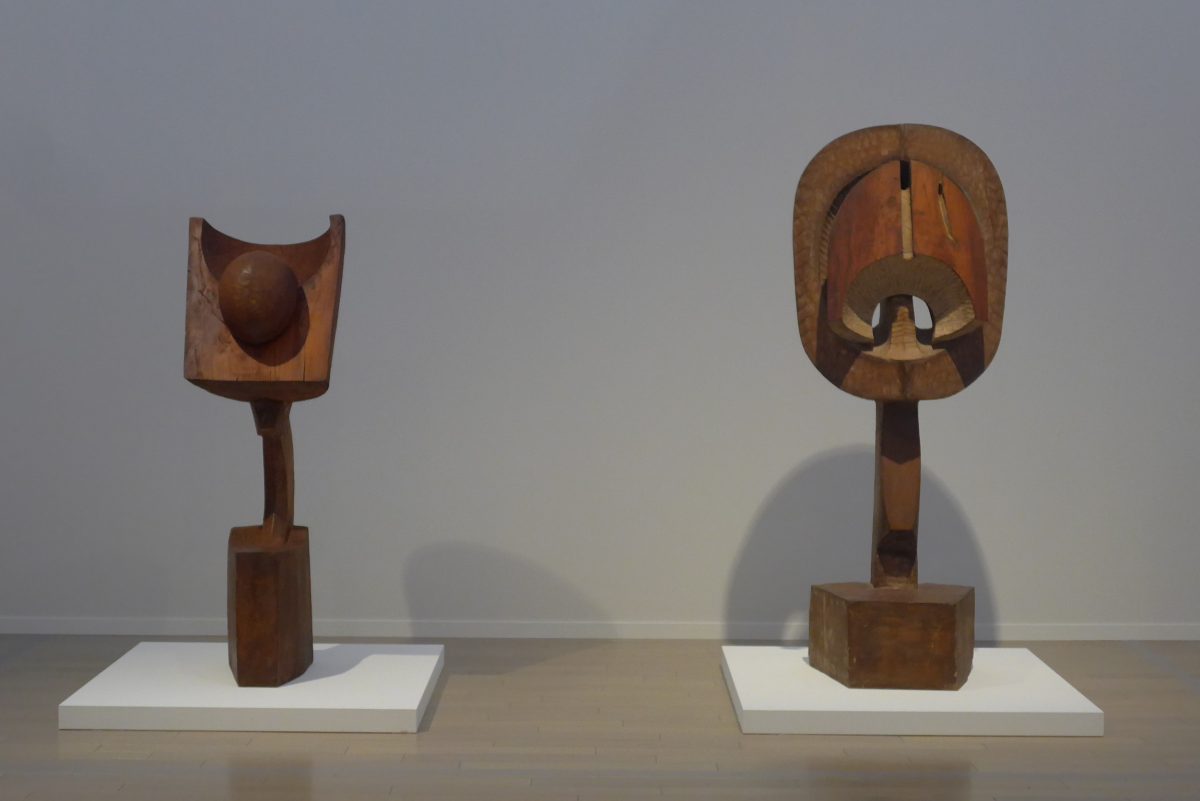
*Left: MASK (1967), Yamaguchi Prefectural Museum of Art; Right: MASK VI (1967), Kanagawa Prefectural Museum of Modern Art ©Sumikawa Kiichi
His work underwent a major change around the time he quit his job as an assistant at Tokyo University of the Arts in 1961!
He says that he was inspired by African masks and the Iwami Kagura masks that are handed down in his hometown, but it doesn't seem like it was made by the same person. Since it's a "MASK," there should be a commonality with the "face," so how did it turn out like this?
While I was thinking that, I found myself shouting in my heart, "It's here!!" It was so powerful, free and wonderful.
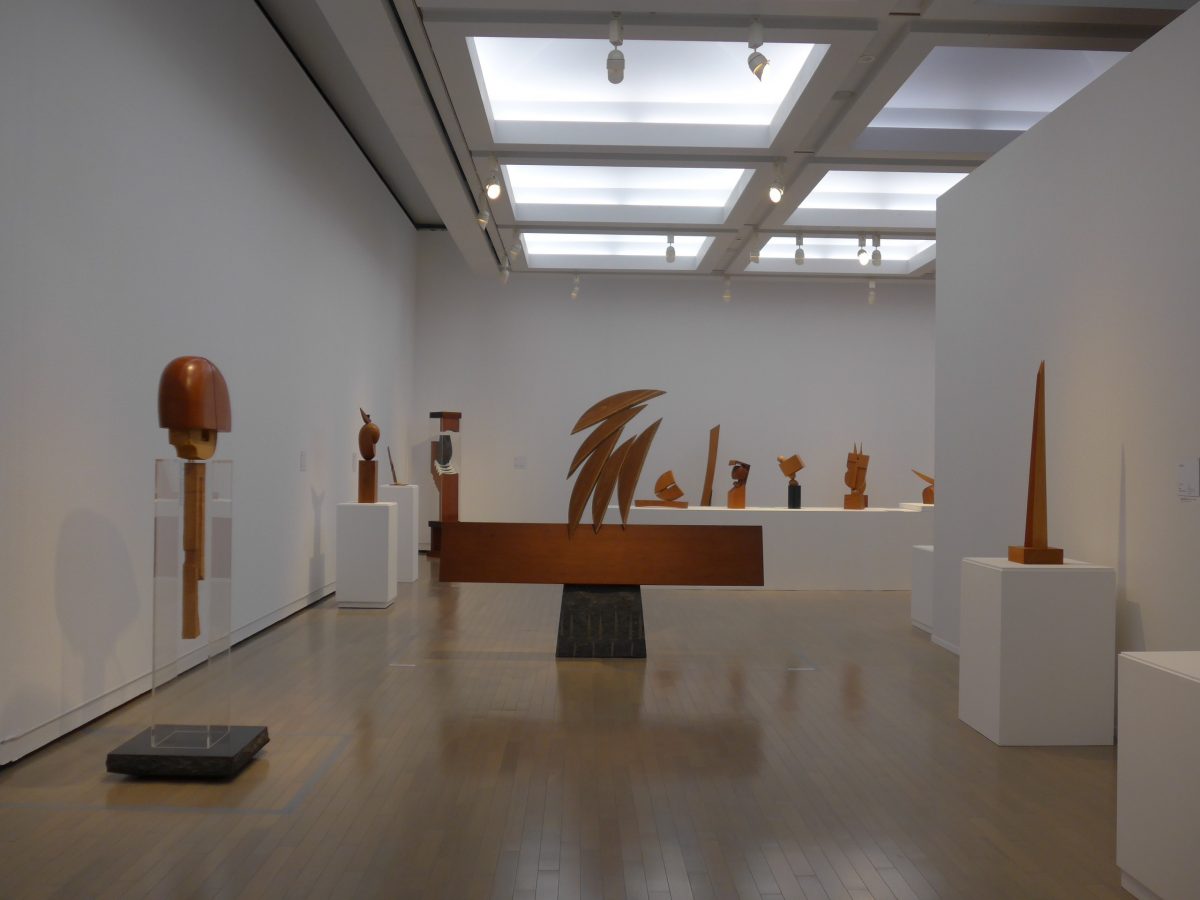
In 1967, when he returned to Tokyo University of the Arts as a lecturer in sculpture, he began working with materials such as stone and metal, and since then, he has produced works using a wide variety of materials. To the untrained eye, his works are so diverse that they seem "anything goes," so you never get bored of looking at them.
This encounter with stone and stainless steel will expand to include public spaces, including outdoors.
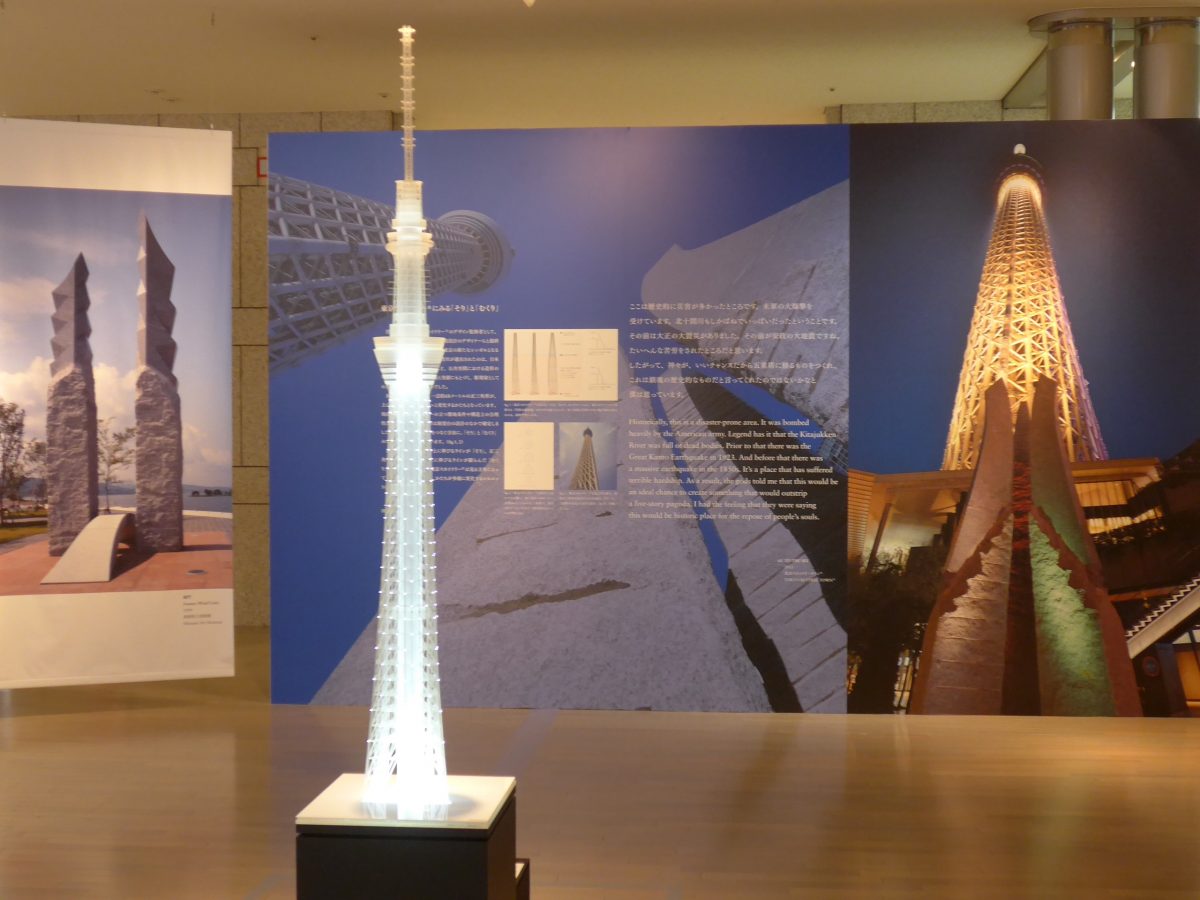
Yes, Sumikawa is the design supervisor for the Tokyo Skytree®, the largest public structure of this century.
But that's not all. They were also helping out on a daily basis at many other places, including the "Ipponbashi" and "Dokeibashi" bridges over the Ooka River, and the "Kamoikebashi" bridge over the Tsurumi River.
Naturally, the actual works are not on display, but I find myself fascinated by the introductory panel, realizing that the artist has deep ties to Kanagawa Prefecture.
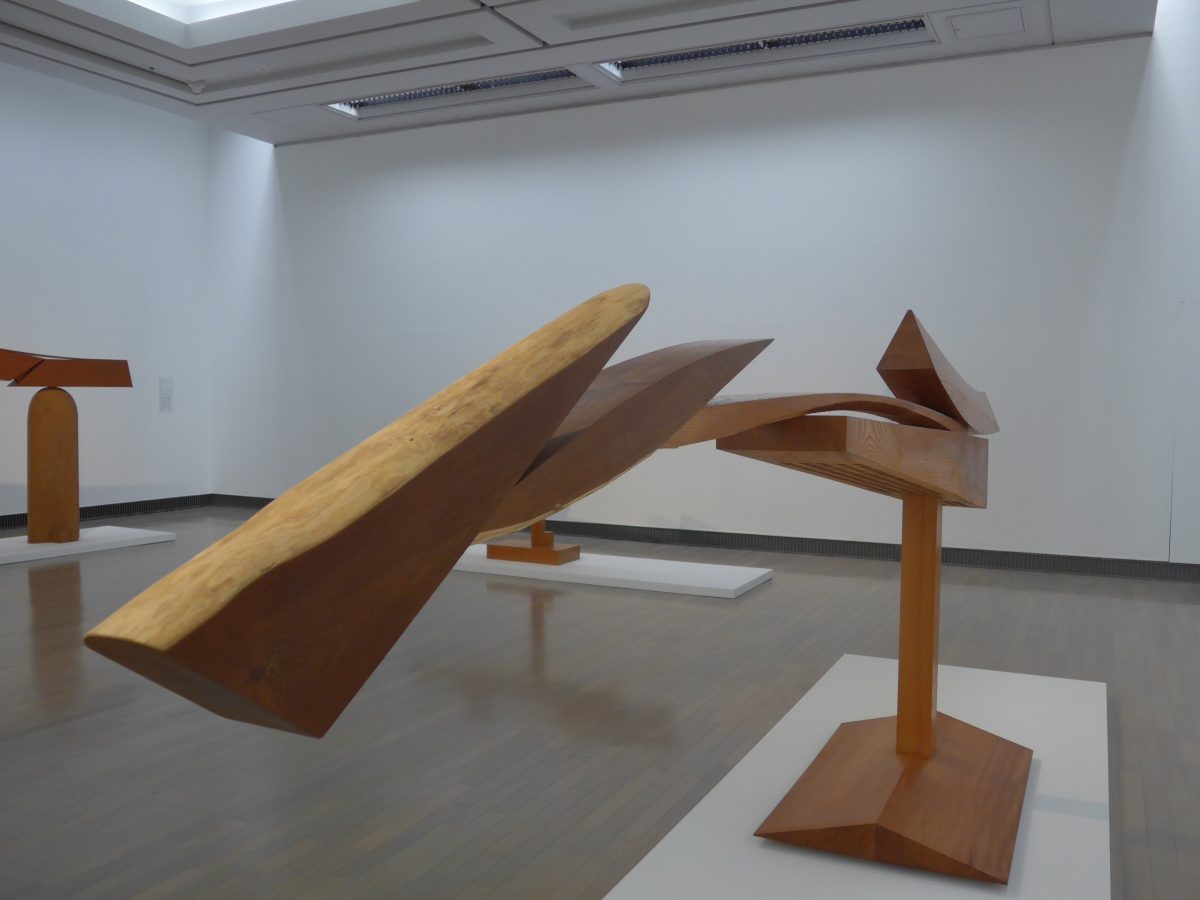
* Slewing Form (1992) Shimane Art Museum © Sumikawa Kiichi
The theme of Chapter 4 is finally "Masterful Sori and Mukuri."
Natural wood will warp and twist over time, but rather than resisting this nature, he incorporates the changes into his work. The forms that Sumikawa creates seem to have a natural flow and a thrilling sense of "just going with the flow" rather than a sense of stability. They seem to sway with the rhythm of nature, and it's hard to take your eyes off them.
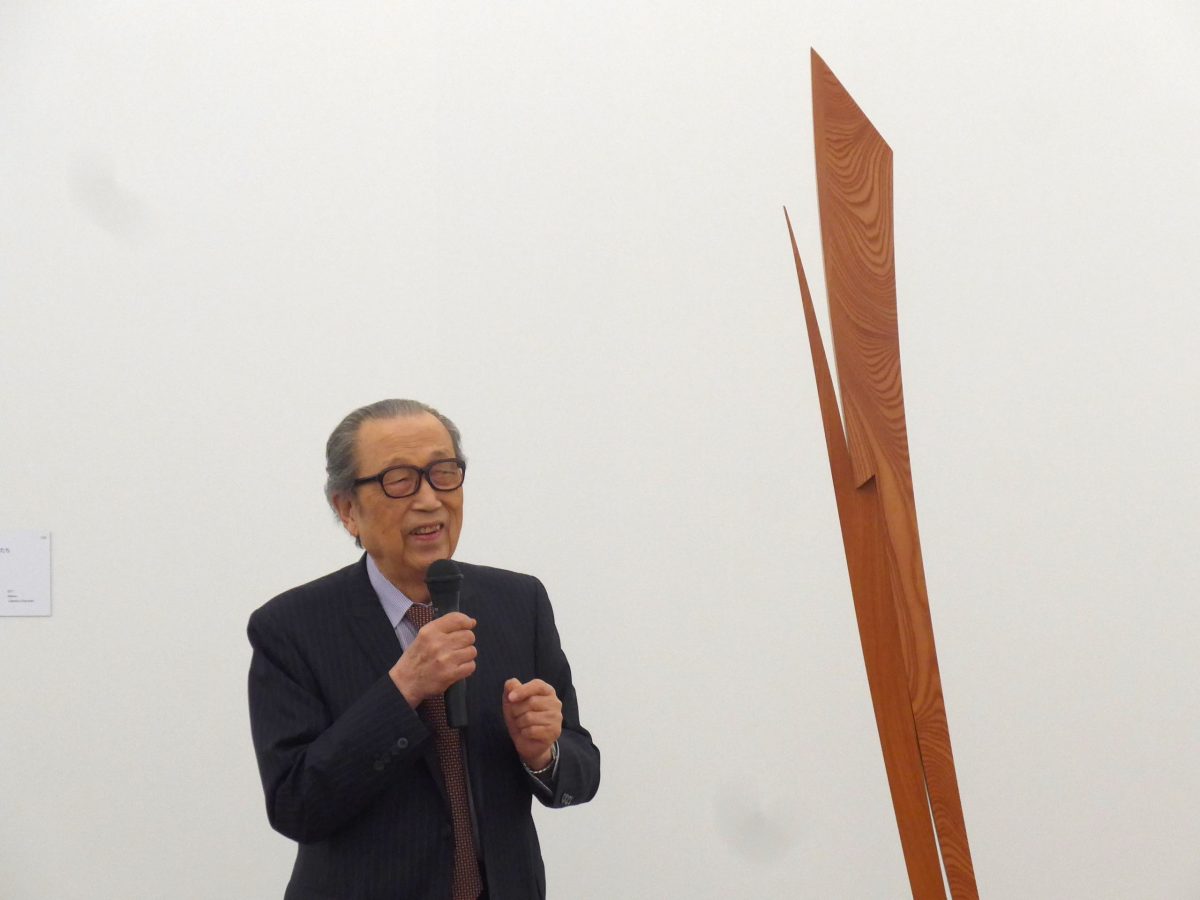
Japan has a large variety of tree species, which is why traditional techniques such as wooden temple architecture have been cultivated since ancient times.
"Just like people, wood has its own unique characteristics, and when you touch it, it speaks to you. I want to listen to that voice and carve out a curved shape that makes the most of the material's true essence, such as the beauty of the wood's grain and its natural color," says Sumikawa.
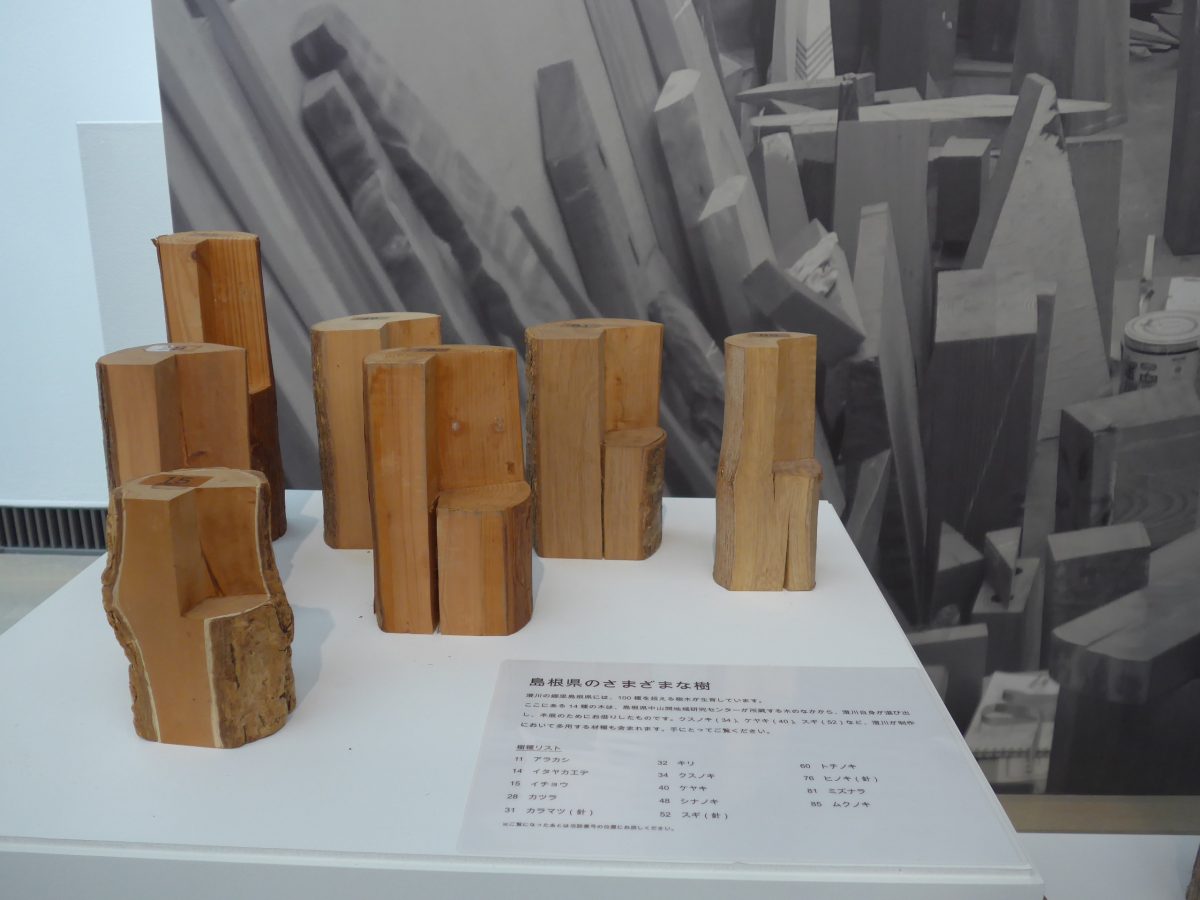
Wooden materials are also on display at the venue. Although it is forbidden to touch the artworks, it seems that you can touch this wood, so please feel its texture.

Mr. Sumikawa has been pursuing the concept of "curved forms" for over 40 years. The sight of these works lined up in the exhibition room is spectacular.
And on the other side of the back wall, in the final exhibition room, Sumikawa's latest works, released in 2019, are on display.
A dignified sense of tension and natural ease.
We would like you to experience the actual work for yourself, so we will refrain from posting images.
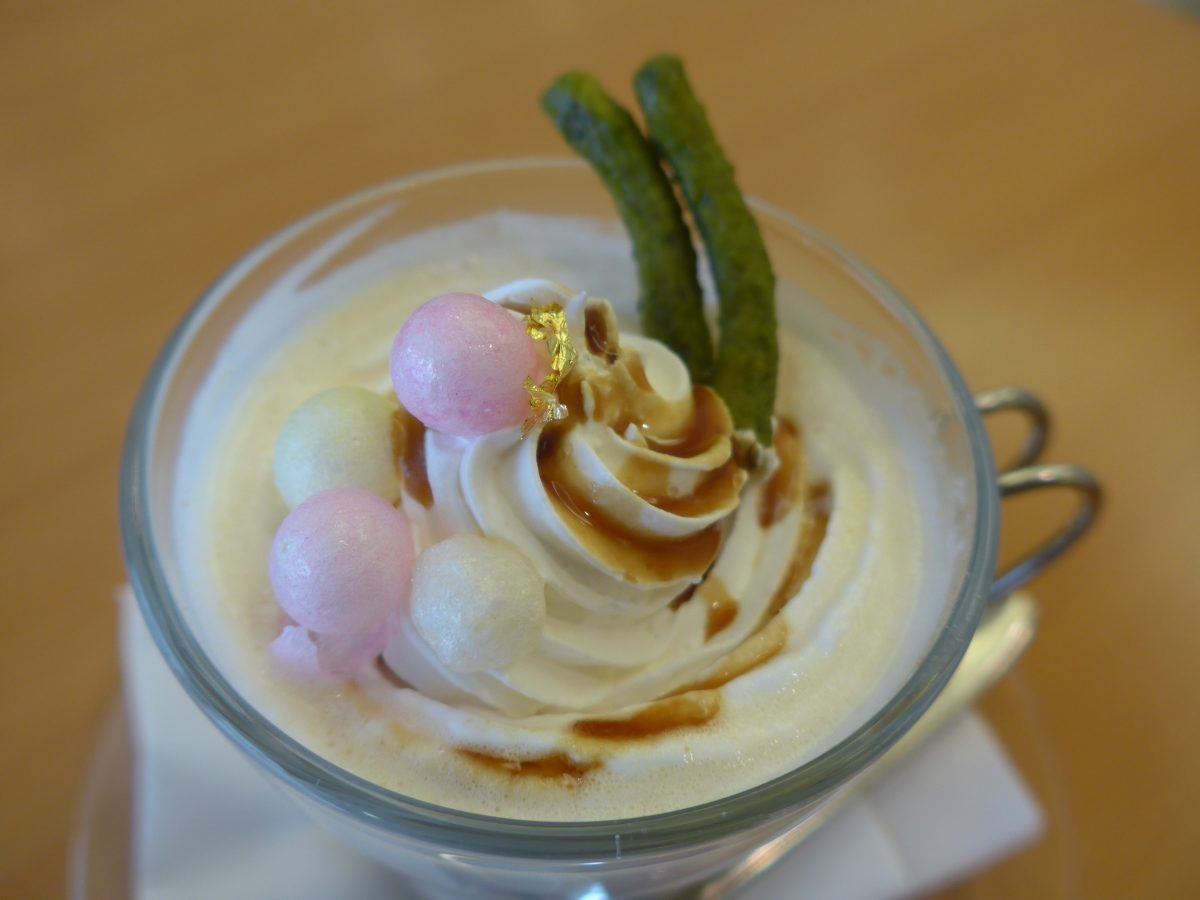
Finally, we will introduce Café Ogurayama's regular limited menu.
This time, they will be serving up gorgeous "oiri", matcha karinto, and a kinako-flavored latte topped with gold leaf, called "Sori to Mukuri Kinako Latte (450 yen/tax not included)". Be sure to try this cute latte, which is a little different from the chic image of the exhibition.
This event has ended.
"Kiichi Sumikawa: Slewing and Turning"
[Date and time] February 15th (Saturday) to May 24th (Sunday) 10:00-18:00 (entry until 17:30)
* Open until 20:00 on Fridays and Saturdays in May (entry until 19:30)
[Venue] Yokohama Museum of Art
[Closed] Thursday
[Fee] Adults ¥1,500, University and high school students ¥900, Junior high school students ¥600, Elementary school students and younger free
*Free admission on Saturday, March 28, 2020!

